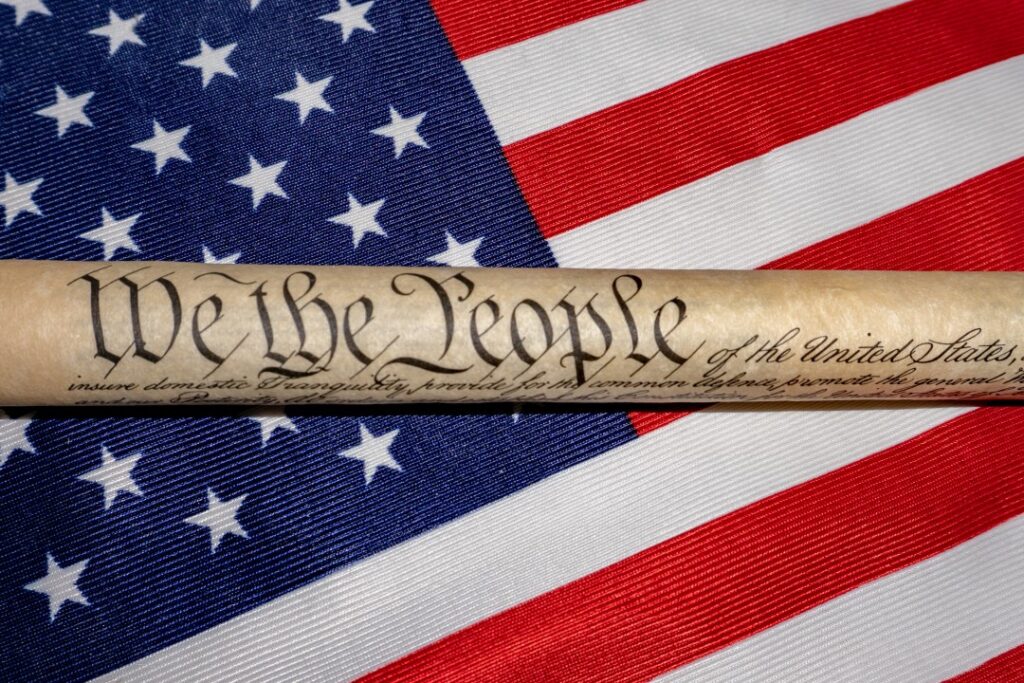The USA: A path to Global Superpower Recognition and Authority upkeep

The world’s leading super-power, the USA was born out of the crucible of revolution. A complex interaction of historical in nature, financial, military, technical, and cultural factors has led to this rise to power.
Table of Contents
The United States’ ability to retain and grow this power throughout its history is equally compelling. We will examine the historical foundations of American power and analyse the systems that have allowed the US to maintain its position as the world’s leading superpower on a consistent basis in this in-depth analysis.
I. The USA Power Foundations
Independence and Revolutionary Ideals: The rich soil of revolutionary ideals was where the seeds of American power were planted. A turning point was reached when the thirteen colonies proclaimed that they were free from British rule during the American uprising of 1776. Individual rights, liberty, and democracy became the cornerstones upon which the country was established.
Constitutional Framework: The United States Constitution’s visionary framers created a solid and flexible framework for government. The Constitution’s built-in checks and balances made sure that authority was divided among the legislative, executive, and judicial branches, hindering the concentration of power.

II. Ascendancy in the Economy
GDP Dominance: America’s strong and dynamic economy is the cornerstone of its global dominance. The world’s largest Gross Domestic Product (GDP) is attributed to the United States. Its economic output greatly outpaces that of other countries, providing it with unmatched financial clout on the international scene.
Industry and Economic Growth: During the latter part of the 19th and early twentieth centuries, the United States developed into a major industrial power. Economic growth was driven by the profusion of natural resources, advances in technology, and an expanding population. The nation’s industrialization paved the way for its rise to prominence in the world economy.
Economic Dominance Following World War II: Following the war, the United States became the global economic powerhouse. Massive economic aid programmes like the Marshall Plan not only made war-torn Europe easier to rebuild, but they also cemented America’s leadership in the world economy. The dollar emerged as the principal global reserve currency, augmenting the economic clout of the United States.
Global Trade Hegemony: The United States is a major player in international trade thanks to its large and diverse economy. The dollar’s economic clout is further enhanced by its role as the world’s principal reserve currency. The nation’s extensive market access and trade connections greatly enhance its economic power.
III. Global Presence and Military Power
Cold War and World War II: The United States was essential to the Allies’ victory in the former conflict. The Cold War rivalry between the US and the USSR that followed accelerated military advancement and the formation of strategic alliances. Because of its military might, which prevented communism from spreading, the United States appeared as the embodiment of the free world.
Technological Dominance: One of the main characteristics of US military might has been its dedication to technological innovation. In order to ensure its ability to project power internationally, the military of the United States has maintained a technological advantage through the development of nuclear weapons as well as sophisticated weaponry and communication systems.
Professionalism and Human Capital: Having a highly skilled and well-trained military is advantageous to the US armed forces. The military is made up of professional and committed people in addition to being technologically cutting edge thanks to its emphasis on training, education, and a volunteer-based force.
Military Bases and Strategic Alliances: The United States has developed partnerships and military bases throughout the world by cultivating strategic alliances. In addition to strengthening American security, alliances in the Asia-Pacific area and NATO have increased American influence worldwide.
IV. Soft Power and Cultural Hegemony
Cultural export and worldwide appeal: American popular culture, music, and Hollywood have influenced people all over the world, adding to the country’s soft power. Global resonance is created by the narrative of the “American Dream” and the allure of the American lifestyle.
Education and Innovation: When it comes to both, the United States continues to lead the way. Top talent from all over the world is drawn to its universities, which promote a culture of innovative discoveries and intellectual curiosity. The inventions that come out of American universities add to the cultural sway of the nation.
V. International Leadership and Diplomacy
The International Order Following World War II: The United States was a major influence in the formation of this order. The United States played a key role in the establishment of organisations such as the UN, the IMF and the World Bank, thereby securing its position as a global leader.
Foreign Policy Adaptability: The United States’ ability to maintain its dominance has largely depended on its capacity to modify its foreign policy in response to shifting global conditions. From the Cold War’s containment strategy to today’s problems like terrorism and cyberthreats, the United States has shown adaptability in handling new problems.
VI: Economic Adaptability and Resilience
Entrepreneurship & Market Capitalism: The economic resilience of the United States lies fundamentally in its dedication to market capitalism as well as entrepreneurship. In an economy that is competitive and dynamic, efficiency, creativity, and adaptability are encouraged. The nation’s overall economic health is influenced by businesses’ capacity to prosper in a cutthroat market.
Recovering from Economic Difficulties: The United States has proven to be remarkably adept at overcoming economic difficulties. From the 1930s Great Depression to the more recent financial meltdown in 2008, the nation has demonstrated resiliency in putting policies and reforms into place that promote economic growth and recovery.

In summary, the United States’ ascent from a small country to a world powerhouse is attributed to a variety of factors, including historical principles, economic strength, military might, cultural clout, and diplomatic skill. Maintaining American dominance has been an ever-changing endeavour that has required flexibility to deal with the intricacies of the contemporary world. The United States’ ability to stay a superpower will be contingent on its ability to adapt and take the lead in a world that is constantly changing as it faces new opportunities and challenges. The ongoing narrative of American power is shaped by the combination of history, inventiveness, and the nation’s unwavering spirit.
More Articles of Author
The civil war: its causes, battles, and epoch
China Tech Rebounds, Asia Stocks Rise Amid US Rally: Markets Wrap




